Digital Transformation Through Virtual Value Chains: An Exploratory Study of Grocery MSEs in Mexico
Abstract
1. Introduction
- To the best of the author’s knowledge, this is the first known empirical study on VVC adoption among MSEs.
- It introduces an original instrument for assessing VVC stages in low-tech businesses.
- It presents quantitative findings based on field data, analyzed through statistical and machine learning methods.
2. Literature Review
2.1. MSEs Worldwide
2.2. MSEs in Mexico
2.3. Virtual Value Chain
2.4. Research Gaps and Objectives
- RQ1: Do grocery stores in Mexico possess sufficient technological advancements to implement VVC with their suppliers and customers?
- RQ2: Is the ability to generate VVC positively correlated with the cultural and behavioral issues of grocery store managers in Mexico?
- RQ3: Given specific characteristics of grocery store managers, can we predict their willingness to adopt technological changes?
3. Methodology
3.1. Design of the Instrument
3.1.1. Context of the Study
3.1.2. Measuring Instrument
3.1.3. Sample Size
3.2. Data Analysis
3.2.1. Data Visualization
3.2.2. Descriptive and Inferential Statistics
3.2.3. Relationship Between Variables
3.2.4. Prediction of VVC Adoption by MSEs
4. Results and Discussion
5. Conclusions
Limitations of the Study and Future Research
Author Contributions
Funding
Data Availability Statement
Acknowledgments
Conflicts of Interest
Appendix A
| Area | Question |
|---|---|
| Profile | What is the name of your business? How many personnel have you employed? Please provide your working hours per day. How much can your business earn monthly? |
| Managerial characteristics | Please provide your full name. Please select your gender, age, and highest level of education. Are you interested in making some changes in your business? If so, how long does it take for you to get familiar with these changes |
| Personnel management | Do your personnel collaborate with each other during work? How long does it take for your personnel to adapt to a new condition or a new decision in your business? How long does it take for your personnel to learn and apply new ways of doing operations? Are your personnel act as a part of your business with others? |
| Company infrastructure | How do you manage space in your shelves? Do you have a specific place for loading/unloading? Which types of vehicles do you prefer when transporting your products? |
| Procurement | Which products are sold more than others? How much space do your stocks occupy in your store? Do you know the average sales number for the next periods? Do you inform your suppliers about your orders? /If so, in which way? |
| ICT4D | Do you have a convenient internet connection in your store? Do you have an IT/paper-based system to monitor your sales and inventory? Which devices do you use to track your orders? |
| E-commerce | Do you receive electronic payments from customers? Do you have a website to introduce your business or to sell your products online? Do you sell your products via Facebook, WA, or other social media channels? Do you receive orders via phone calls? Do you sell your products via digital marketplaces (e.g., Mercado Libre, Amazon, etc.)? |
| Challenges to introducing technology | Do you receive any financial/technical/educational support from the government? Do you need external support to engage with digitalization and political changes? Do you distribute products provided by NGOs? |
References
- Tarmidi, L.T. Strategies for HRM of SMEs in Indonesia. Human Resource Management Symposium on SMEs. 1999. Available online: https://www.apec.org/docs/default-source/Publications/1999/10/Human-Resource-Management-Symposium-on-Small-and-Medium-Enterprises-SMEs-Volume-1-and-Volume-2-1999/TOC/Volume-2.pdf#page=5 (accessed on 26 March 2025).
- Ministry of Economy in Mexico. Acuerdo por el que se Establece la Estratificación de las Micro, Pequeñas y Medianas Empresas. 2009. Available online: https://www.economia.gob.mx/files/marco_normativo/A539.pdf (accessed on 19 February 2025).
- Marett, K.; Niu, Z.; Barnett, T.R. Professionalizing the information security of family firms: A family essence perspective. J. Small Bus. Manag. 2020, 58, 390–408. [Google Scholar] [CrossRef]
- Saavedra, M.L.; Hernández, Y. Caracterización e importancia de las MIPYMES en Latinoamérica: Un estudio comparativo. Actual. Contab. Faces 2008, 11, 122–134. [Google Scholar]
- OECD. Latin American Economic Outlook 2013: SME Policies for Structural Change; OECD Publications: Paris, France, 2012. [Google Scholar]
- Leading Short-Term Digital Strategies from Small and Medium-Sized Enterprises (SMEs) to Get Through the COVID-19 Crisis in Mexico in 2020, by Type of Company [Graph], Statista. Available online: https://www.statista.com/statistics/1176417/short-term-digital-strategies-small-medium-enterprises-coronavirus/ (accessed on 3 July 2024).
- Cash Flow Challenge in Mexico, Mexico Business. Available online: https://mexicobusiness.news/finance/news/cash-flow-challenge-mexico (accessed on 9 July 2024).
- Velázquez-Martínez, J.C.; Tayaksi, C. Supply chain management for micro and small firms in Latin America. In Supply Chain Management and Logistics in Emerging Markets: Selected Papers from the 2018 MIT SCALE Latin America Conference; Emerald Publishing Limited.: Leeds, UK, 2020; pp. 197–214. [Google Scholar] [CrossRef]
- Chacko, J.G.; Harris, G. Information and communication technology and small, medium, and micro enterprises in Asia-Pacific—Size does matter. Inf. Technol. Dev. 2006, 12, 175–177. [Google Scholar] [CrossRef]
- Andaregie, A.; Astatkie, T. Determinants of technology adoption by micro and small enterprises (MSEs) in Awi Zone, Northwest Ethiopia. Afr. J. Sci. Technol. Innov. Dev. 2022, 14, 997–1006. [Google Scholar] [CrossRef]
- Heeks, R. Do information and communication technologies (ICTs) contribute to development? J. Int. Dev. 2010, 22, 625–640. [Google Scholar] [CrossRef]
- Avgerou, C. Theoretical framing of ICT4D research. Inf. Technol. Int. Dev. 2017, 13, 52–64. [Google Scholar] [CrossRef]
- Walsham, G. ICT4D research: Reflections on history and future agenda. Inf. Technol. Dev. 2017, 23, 18–41. [Google Scholar] [CrossRef]
- Duncombe, R. Using the livelihoods framework to analyze ICT applications for poverty reduction through microenterprise. Inf. Technol. Int. Dev. 2006, 3, 81–100. [Google Scholar] [CrossRef]
- Donner, J. Microentrepreneurs and mobiles: An exploration of the uses of mobile phones by small business owners in Rwanda. Inf. Technol. Int. Dev. 2004, 2, 1–21. [Google Scholar] [CrossRef]
- AlBar, A.M.; Hoque, R. Factors affecting the adoption of information and communication technology in small and medium enterprises: A perspective from rural Saudi Arabia. Inf. Technol. Dev. 2019, 25, 715–738. [Google Scholar] [CrossRef]
- Weiber, R.; Kollmann, T. Competitive advantages in virtual markets-perspectives of ‘information-based marketing’ in cyberspace. Eur. J. Mark. 1998, 32, 603–615. [Google Scholar] [CrossRef]
- Thapa, D.; Sæbø, Ø. Participation in ICT development interventions: Who and how? Electron. J. Inf. Syst. Dev. Ctries. 2016, 75, 1–14. [Google Scholar] [CrossRef]
- Bag, S.; Pretorius, J.H.C. Relationships between industry 4.0, sustainable manufacturing and circular economy: Proposal of a research framework. Int. J. Organ. Anal. 2022, 30, 864–898. [Google Scholar] [CrossRef]
- Culot, G.; Orzes, G.; Sartor, M.; Nassimbeni, G. The future of manufacturing: A Delphi-based scenario analysis on Industry 4.0. Technol. Forecast. Soc. Change 2020, 157, 120092. [Google Scholar] [CrossRef] [PubMed]
- Abagissa, J. The assessment of micro and small enterprises performance and challenges in Addis Ababa, Ethiopia. Int. J. Appl. Econ. Financ. Account. 2021, 9, 8–18. [Google Scholar] [CrossRef]
- Chen, C.-L.; Lin, Y.-C.; Chen, W.-H.; Chao, C.-F.; Pandia, H. Role of government to enhance digital transformation in small service business. Sustainability 2021, 13, 1028. [Google Scholar] [CrossRef]
- Ozols, A.; Avotins, V. Regional centre development management factors: Case study of Liepaja. In Proceedings of the 20th International Scientific Conference Engineering or Rural Development Proceedings, Jelgava, Latvia, 26–28 May 2021; Latvia University of Life Sciences and Technologies, Faculty of Engineering: Jelgava, Latvia, 2021. [Google Scholar]
- Agrawal, P.; Narain, R. Analysis of enablers for the digitalization of supply chain using an interpretive structural modelling approach. Int. J. Prod. Perform. Manag. 2023, 72, 410–439. [Google Scholar] [CrossRef]
- Chatterjee, S.; Chaudhuri, R.; Shah, M.; Maheshwari, P. Big data driven innovation for sustaining SME supply chain operationm in post COVID-19 scenario: Moderating role of SME technology leadership. Comput. Ind. Eng. 2022, 168, 108058. [Google Scholar] [CrossRef]
- Trinugroho, I.; Pamungkas, P.; Wiwoho, J.; Damayanti, S.M.; Pramono, T. Adoption of digital technologies for micro and small business in Indonesia. Finance Res. Lett. 2022, 45, 102156. [Google Scholar] [CrossRef]
- Mikhaylova, A.; Sakulyeva, T.; Shcherbina, T.; Levoshich, N.; Truntsevsky, Y. Impact of digitalization on the efficiency of supply chain management in the digital economy. Int. J. Enterp. Inf. Syst. 2021, 17, 34–46. [Google Scholar] [CrossRef]
- García-Salirrosas, E.E.; Acevedo-Duque, Á.; Chaves, V.M.; Henao, P.A.M.; Molano, J.C.O. Purchase intention and satisfaction of online shop users in developing countries during the COVID-19 pandemic. Sustainability 2022, 14, 6302. [Google Scholar] [CrossRef]
- Garay-Rondero, C.L.; Martinez-Flores, J.L.; Smith, N.R.; Caballero Morales, S.O.; Aldrette-Malacara, A. Digital supply chain model in Industry 4.0. J. Manuf. Technol. Manag. 2019, 31, 887–933. [Google Scholar] [CrossRef]
- Tanoira, F.G.B.; Valencia, R.A.S. Knowledge management entrepreneurial competencies and organizational development in micro and small enterprises in rural regions in the state of Yucatan, Mexico. Eur. Sci. J. 2014, 10, 177–193. [Google Scholar]
- Aguilar, O.; Posada, R.; Peña, N. La Micro y Pequeña Empresa Como Objeto de Estudio; Caso San Juan del Río: Querétaro, Mexico, 2015. [Google Scholar]
- Hernández-Gracia, T.J.; Duana-Avila, D. Discourse on Entrepreneurial Orientation in Hidalgo State, Mexico. Sustainability 2022, 14, 3205. [Google Scholar] [CrossRef]
- Vidal Olivares, J.; Barbero, M.I. Latin American small and medium-sized enterprises: A historical perspective. J. Evol. Stud. Bus. 2022, 7, 1–12. [Google Scholar] [CrossRef]
- Ramírez-Angulo, N.; Mungaray-Lagarda, A.; Aguilar-Barceló, J.G.; Flores-Anaya, Y. Microemprendimientos como instrumento de combate a la pobreza: Una evaluación social para el caso mexicano. Innovar 2017, 27, 63–74. [Google Scholar] [CrossRef]
- Autio, E. ‘Atomistic’ and ‘systemic’ approaches to research on new, technology-based firms: A literature study. Small Bus. Econ. 1997, 9, 195–209. [Google Scholar] [CrossRef]
- Fariselli, P.; Oughton, C.; Picory, C.; Sugden, R. Electronic commerce and the future for SMEs in a global marketplace: Networking and public policies. Small Bus. Econ. 1999, 12, 261–275. [Google Scholar] [CrossRef]
- Zhu, L. Optimization and Simulation for E-Commerce Supply Chain in the Internet of Things Environment. Complexity 2020, 2020, 8821128. [Google Scholar] [CrossRef]
- Graham, G.; Hardaker, G. Supply-chain management across the Internet. Int. J. Phys. Distrib. Logist. Manag. 2000, 30, 286–295. [Google Scholar] [CrossRef]
- Corso, M.; Martini, A.; Pellegrini, L.; Paolucci, E. Technological and organizational tools for knowledge management: In search of configurations. Small Bus. Econ. 2003, 21, 397–408. [Google Scholar] [CrossRef]
- Hongmei, W.; Jincheng, F. Research on virtual value chain model of smart travel agency under the background of digital media. In Proceedings of the 2021 2nd Artificial Intelligence and Complex Systems Conference, Hangzhou, China, 26–28 June 2021; ACM: New York, NY, USA, 2021. [Google Scholar]
- Ramantoko, G.; Fatimah, L.V.; Pratiwi, S.C.; Kinasih, K. Measuring Digital Capability Maturity: Case of Small-Medium Kampong-Digital Companies in Bandung. Pertanika J. Soc. Sci. Humanit. 2018, 26, 215–230. [Google Scholar]
- Piscitello, L.; Sgobbi, F. Globalisation, E-business and SMEs: Evidence from the Italian district of Prato. Small Bus. Econ. 2004, 22, 333–347. [Google Scholar] [CrossRef]
- Ariffin, A.S.; Hashom, H.; Abas, Z.; Ali, A.H.M.; Ramli, M.F. Empowering Kedah as the northern national hub for sustainable beef-cattle supply chain and production. E3S Web of Conferences 2021, 316, 01007. [Google Scholar] [CrossRef]
- Fromhold-Eisebith, M.; Marschall, P.; Peters, R.; Thomes, P. Torn between Digitized Future and Context Dependent Past—How Implementing ‘Industry 4.0’ Production Technologies Could Transform the German Textile Industry. Technol. Forecast. Soc. Chang. 2021, 166, 120620. [Google Scholar] [CrossRef]
- Gyenge, B.; Máté, Z.; Vida, I.; Bilan, Y.; Vasa, L. A new strategic marketing management model for the specificities of E-commerce in the supply chain. J. Theor. Appl. Electron. Commer. Res. 2021, 16, 1136–1149. [Google Scholar] [CrossRef]
- Hermawan, I.; Hindrawati, G.; Amid, J.; Suwondo, A. Designing internet shopping mall in the customer behavior perspective. Conf. Ser. 2021, 3, 537–551. [Google Scholar] [CrossRef]
- Hu, K.; Xu, X.; Qu, A. The psychology of virtual queue: When waiting feels less like waiting. Vanderbilt Owen Graduate School of Management Research Paper Forthcoming. 2021. Available online: https://ssrn.com/abstract=3933040 (accessed on 20 March 2025).
- Taherinia, M.; Nawaser, K.; Shariatnejad, A.; Saedi, A.; Moshtaghi, M. The evolution of the e-business value cycle through value co-creation during the COVID-19 pandemic: An empirical study from Iran. J. Asian Financ. Econ. Bus. 2021, 8, 19–28. [Google Scholar]
- Zumstein, D.; Oswald, C.; Brauer, C. Online Retailer Survey 2021: Empirical Findings on the E-Commerce Boom in Switzerland and Austria; ZHAW Zurich University of Applied Sciences: Winterthur, Switzerland, 2021. [Google Scholar]
- Liu, Y.; Zhang, J.Z.; Jasimuddin, S.; Babai, M.Z. Exploring servitization and digital transformation of manufacturing enterprises: Evidence from an industrial internet platform in China. Int. J. Prod. Res. 2024, 62, 2812–2831. [Google Scholar] [CrossRef]
- Eng, T.Y.; Mohsen, K.; Wu, L.C. Wireless information technology competency and transformational leadership in supply chain management: Implications for innovative capability. Inf. Technol. People 2023, 36, 969–995. [Google Scholar] [CrossRef]
- Omoruyi, O.; Makaleng, M.S.M. SMEs COVID-19 supply chain resilience strategies in South Africa. J. Contemp. Manag. 2022, 19, 299–319. [Google Scholar] [CrossRef]
- Sharma, M.; Raut, R.D.; Sehrawat, R.; Ishizaka, A. Digitalisation of manufacturing operations: The influential role of organisational, social, environmental, and technological impediments. Expert Syst. Appl. 2023, 211, 118501. [Google Scholar] [CrossRef]
- Berrone, P.; Gertel, H.; Giuliodori, R.; Bernard, L.; Meiners, E. Determinants of performance in microenterprises: Preliminary evidence from Argentina. J. Small Bus. Manag. 2014, 52, 477–500. [Google Scholar] [CrossRef]
- Gupta, S.; Ramachandran, D. Emerging market retail: Transitioning from product-centric to a customer-centric approach. J. Retail. 2021, 97, 597–620. [Google Scholar] [CrossRef]
- Hwang, W.-S.; Kim, H.-S. Does the adoption of emerging technologies improve technical efficiency? Evidence from Korean manufacturing SMEs. Small Bus. Econ. 2022, 59, 627–643. [Google Scholar] [CrossRef] [PubMed]
- Roth, A.; Rosenzweig, E. Advancing empirical science in operations management research: A clarion call to action. Manuf. Serv. Oper. Manag. M SOM 2020, 22, 179–190. [Google Scholar] [CrossRef]
- Sharma, N.; Dutta, N. Omnichannel retailing: Exploring future research avenues in retail marketing and distribution management. Int. J. Retail. Distrib. Manag. 2023, 51, 894–919. [Google Scholar] [CrossRef]
- Ciacci, A.; Penco, L. Business model innovation: Harnessing big data analytics and digital transformation in hostile environments. J. Small Bus. Enterp. Dev. 2024, 31, 22–46. [Google Scholar] [CrossRef]
- Matalamäki, M.J.; Joensuu-Salo, S. Digitalization and strategic flexibility—A recipe for business growth. J. Small Bus. Enterp. Dev. 2022, 29, 380–401. [Google Scholar] [CrossRef]
- Weyer, J.; Tiberius, V.; Bican, P.; Kraus, S. Digitizing grocery retailing: The role of emerging technologies in the value chain. Int. J. Innov. Technol. Manag. 2020, 17, 2050058. [Google Scholar] [CrossRef]
- Bierganz, M. Delivering Virtual Value: The Role of Virtual Value Creation in e-Grocery Business Models and Resulting Implications for Today’s Grocery Retail Firms. Ph.D. Dissertation, Universidad Católica Portuguesa, Lisbon, Portugal, 2021. [Google Scholar]
- Sampieri, R.H. Metodología de la Investigación: Las Rutas Cuantitativa, Cualitativa y Mixta; McGraw-Hill: México City, Mexico, 2018. [Google Scholar]
- INEGI: National Directory of Economic Units. Directorio Estadístico Nacional de Unidades Económicas. 2024. Available online: https://www.inegi.org.mx/app/mapa/denue/default.aspx (accessed on 9 July 2024).
- Gurdur, D.; Ei-Khoury, J.; Torngren, M. Digitalizing Swedish industry: What is next? Data analytics readiness assessment of Swedish industry, according to survey results. Comput. Ind. 2019, 105, 153–163. [Google Scholar]
- Peutz, M.M.; Post, G. A Shared Digital Twinning Facility for SMEs. In Proceedings of the XXXIII ISPIM Innovation Conference "Innovating in a Digital World", Copenhagen, Denmark, 5–8 June 2022; ISPIM: Manchester, UK, 2022; pp. 1–11. [Google Scholar]
- Merchán, D.; Arora, J.; Pachon, J.; Konduri, K.; Winkenbach, M.; Parks, S.; Noszek, J. 2021 Amazon Last Mile Routing Research Challenge: Data set. Transp. Sci. 2022, 58, 8–11. [Google Scholar] [CrossRef]
- Elkhouly, P.R.O.; Elsayed, S.M.; Hamid, R.M. Effect of Artificial Intelligence on End-to-End Customer Centric. Bus. Model 2022, 13, 121–142. [Google Scholar]
- Naimi-Sadigh, A.; Asgari, T.; Rabiei, M. Digital transformation in the value chain disruption of banking services. J. Knowl. Econ. 2022, 13, 1212–1242. [Google Scholar] [CrossRef]
- Winkler, M.; Moltenbrey, F.; Tilebein, M. Business Model Scenarios for Digital Textile Microfactories. Conf. Prod. Syst. Logist. CPSL 2022, 574–582. [Google Scholar] [CrossRef]
- Wasan, P.; Kumar, A.; Luthra, S. How can banks and finance companies incorporate value chain factors in their risk management strategy? The case of agro-food firms. Bus. Strat. Environ. 2023, 32, 858–877. [Google Scholar] [CrossRef]
- Hernández-Gress, E.S.; Ramírez-Mejia, A.I. Virtual value chains in Micro and Small Enterprises: An evidence for grocery stores in Mexico. Figshare J. Contrib. 2024. [Google Scholar] [CrossRef]
- Devore, J. Probability and Statistics for Engineering and the Sciences, 9th ed.; CENGAGE Learning: Boston, MA, USA, 2019; Available online: https://cdn.prexams.com/9441/Devore (accessed on 8 June 2024).
- Pedregosa, F.; Varoquaux, G.; Gramfort, A.; Michel, V.; Thirion, B.; Grisel, O.; Duchesnay, É. Scikit-learn: Machine Learning in Python. J. Mach. Learn. Res. 2011, 12, 2825–2830. [Google Scholar]
- Akiba, T.; Shotaro, S.; Toshihiko, Y.; Takeru, O.; Koyama, M. Optuna: A Next-generation Hyperparameter Optimization Framework. In Proceedings of the 25th ACM SIGKDD International Conference on Knowledge Discovery and Data Mining, Anchorage, AK, USA, 4–8 August 2019. [Google Scholar]
- Piroth, P.; Rüger-Muck, E.; Bruwer, J. Digitalisation in grocery retailing in Germany: An exploratory study. Int. Rev. Retail. Distrib. Consum. Res. 2020, 30, 479–497. [Google Scholar] [CrossRef]
- Escamilla, R.; Fransoo, J.C.; Tang, C.S. Improving agility, adaptability, alignment, accessibility, and affordability in nanostore supply chains. Prod. Oper. Manag. 2021, 30, 676–688. [Google Scholar] [CrossRef]
- Yang, Y.; Kobbacy, Y.; Onofrei, G.; Nguyen, H. Entrepreneurial strategies for coping with supply chain disruptions in the grocery-retail sector. J. Small Bus. Enterp. Dev. 2022, 30, 213–233. [Google Scholar] [CrossRef]
- Duh, H.I.; Pwaka, O. Grocery retailer’s brand performances from brand personalities and marketing offerings. Int. J. Retail. Distrib. Manag. 2023, 51, 101–122. [Google Scholar] [CrossRef]
- Berg, H.; Nilsson, E.; Liljedal, K.T. Consumer-facing technology in retailing: How technology shapes customer experience in physical and digital stores. Int. Rev. Retail. Distrib. Consum. Res. 2024, 34, 123–127. [Google Scholar] [CrossRef]
- Stenius, M.; Eriksson, N. What can we learn from non-adopters of online grocery shopping? Insights from Finland. Int. Rev. Retail. Distrib. Consum. Res. 2024, 35, 480–499. [Google Scholar] [CrossRef]
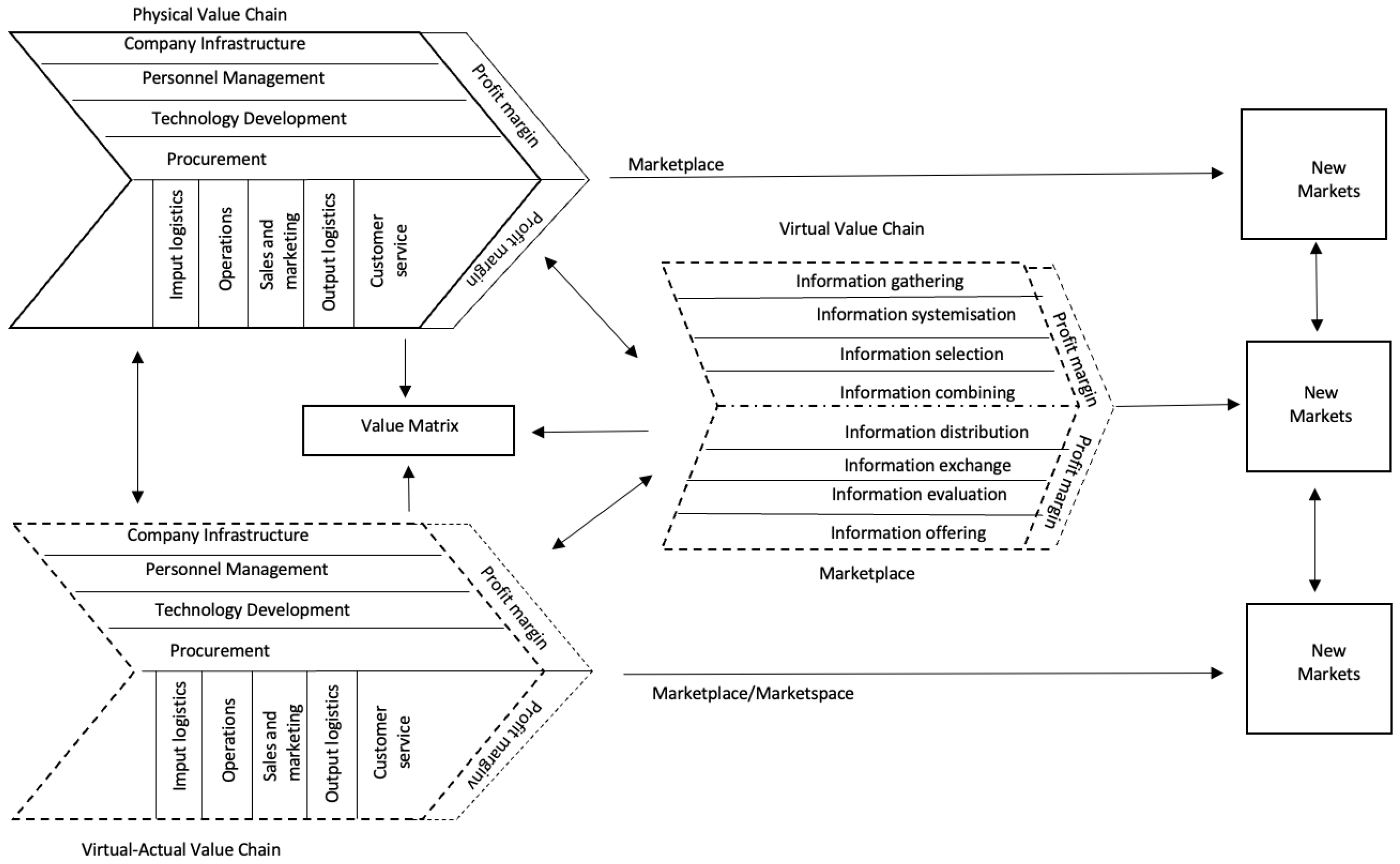
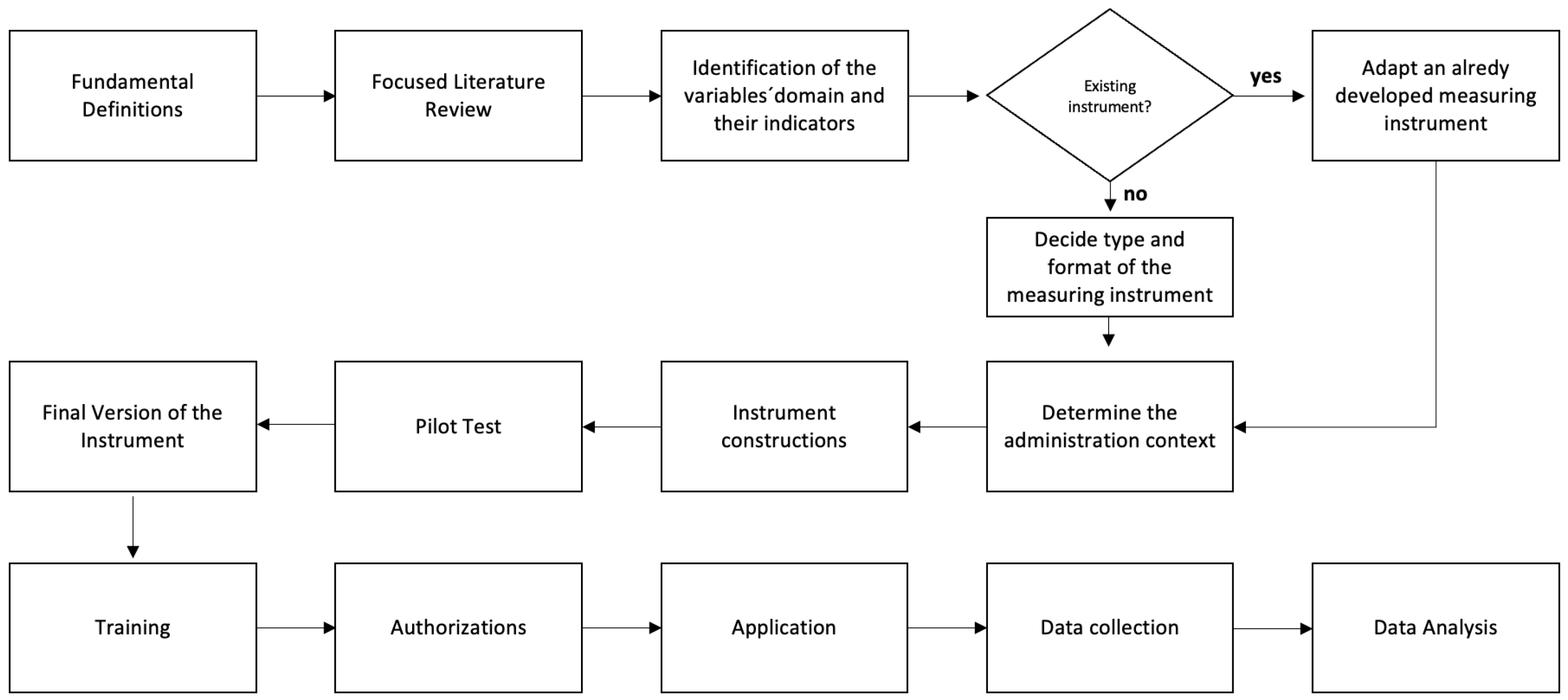

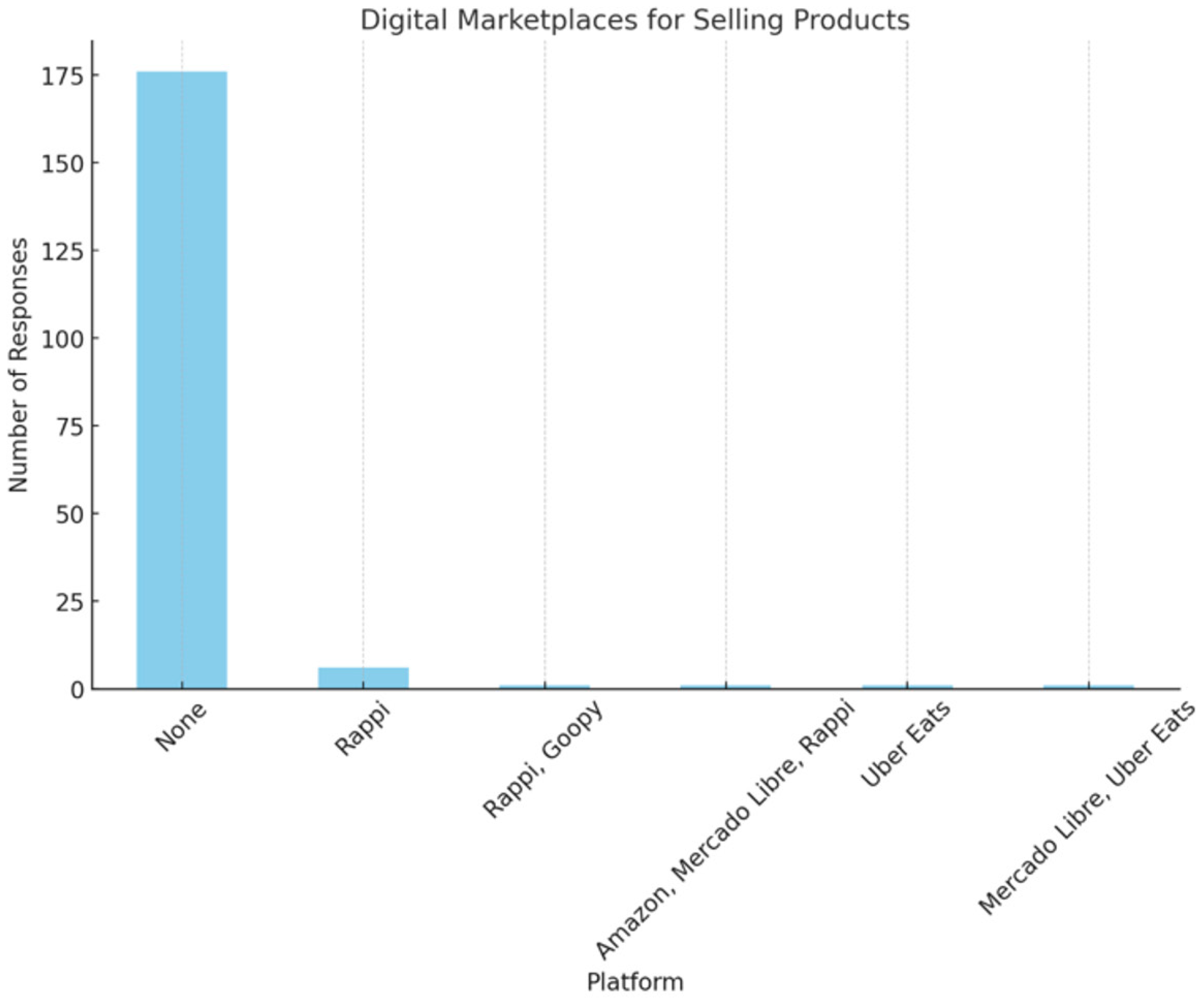
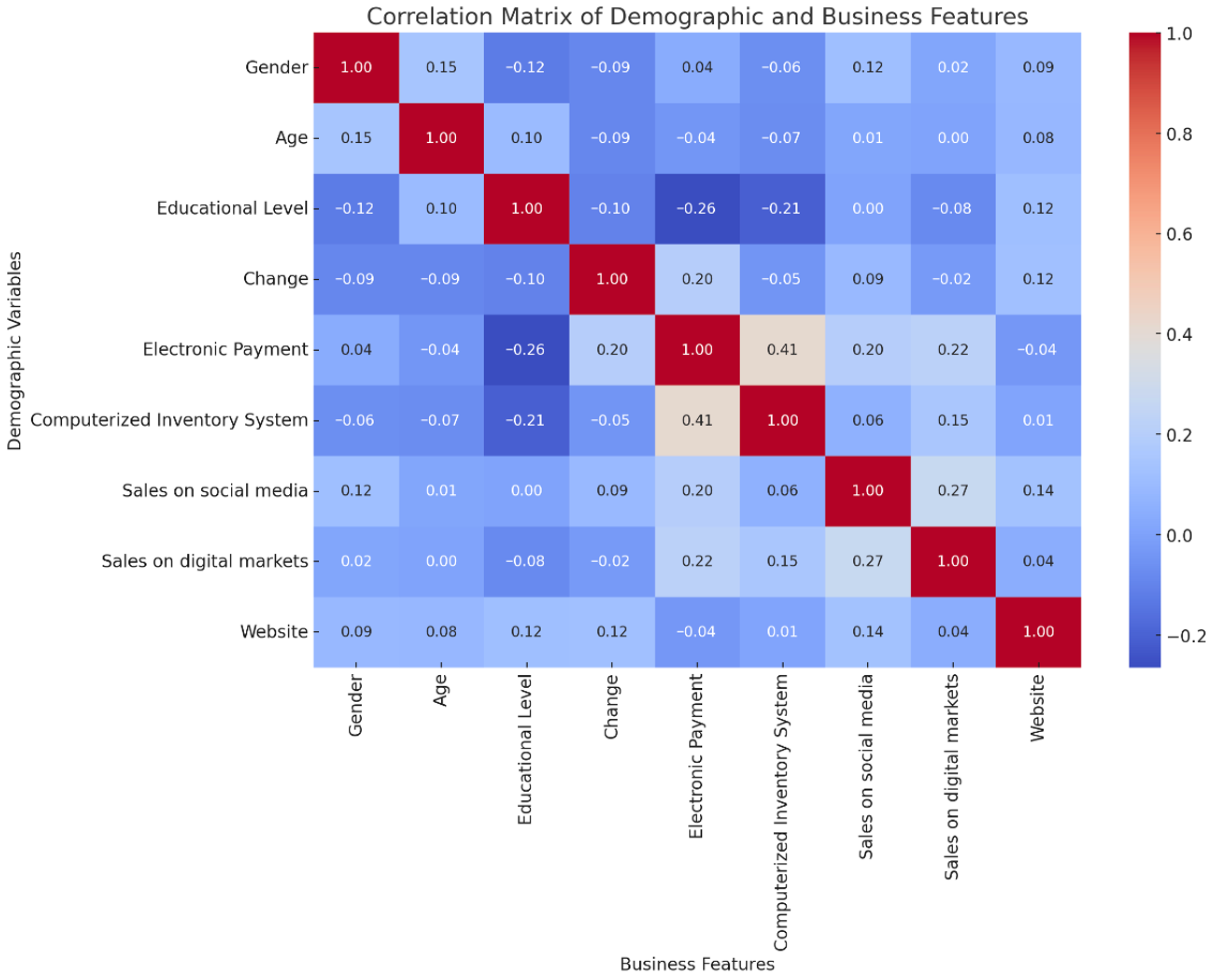
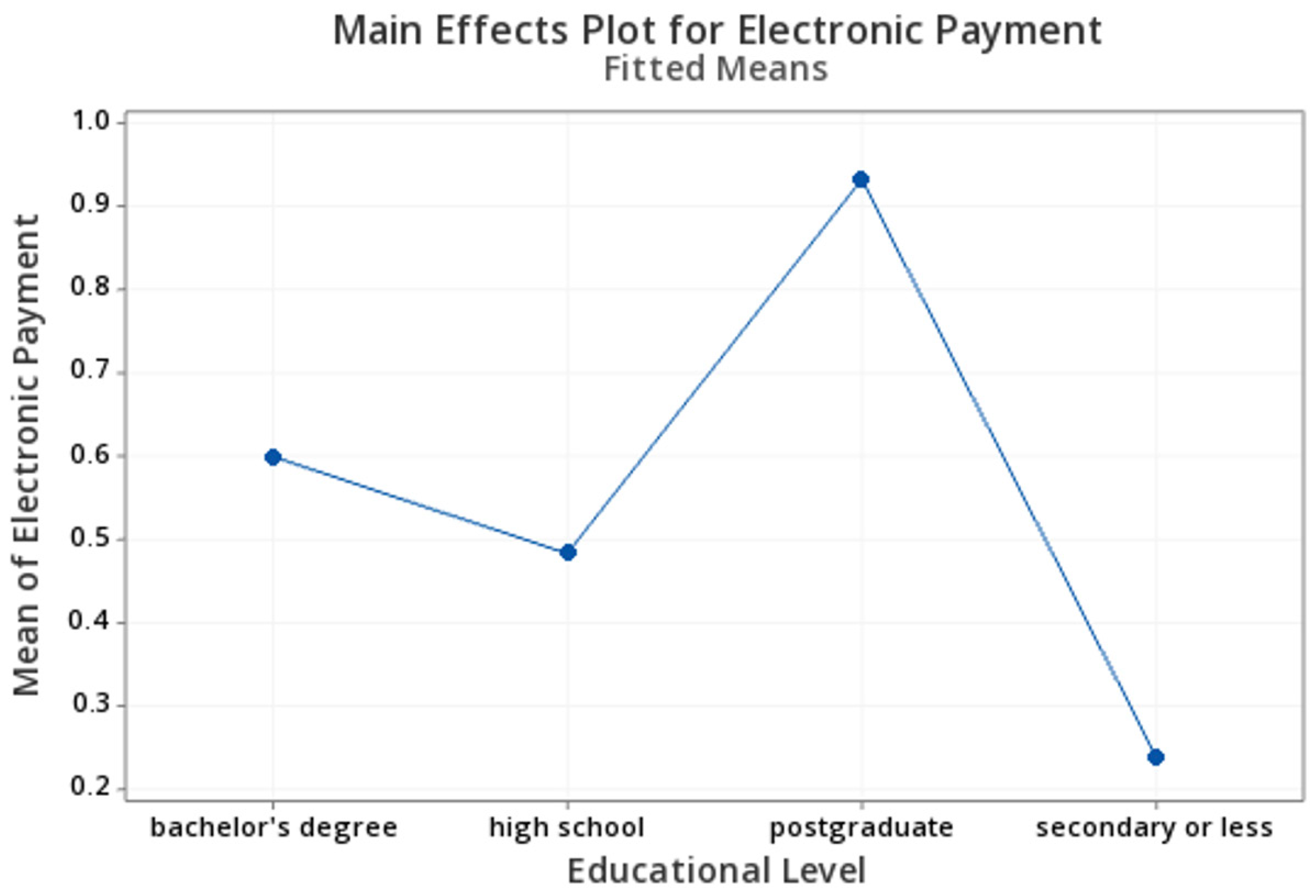

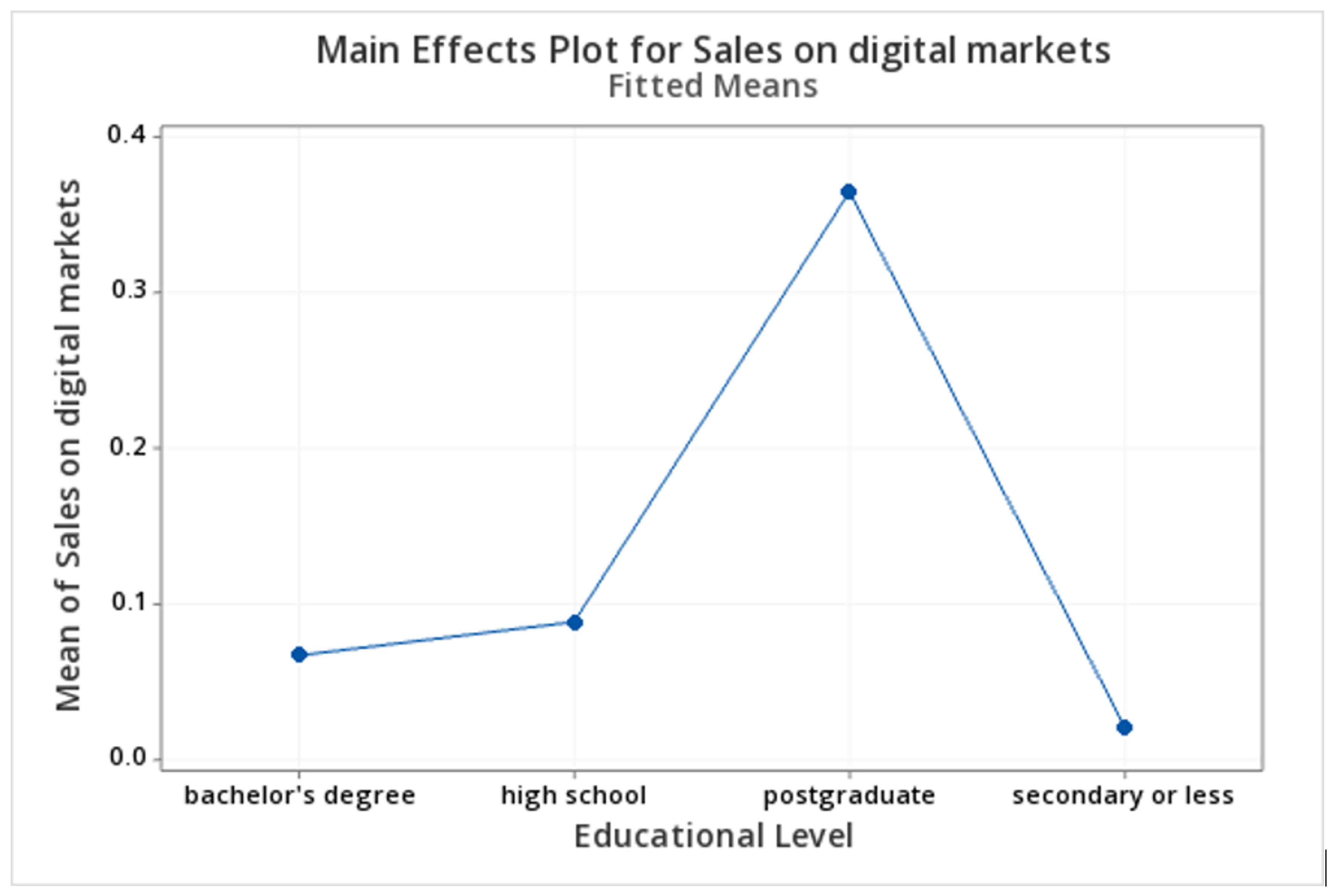
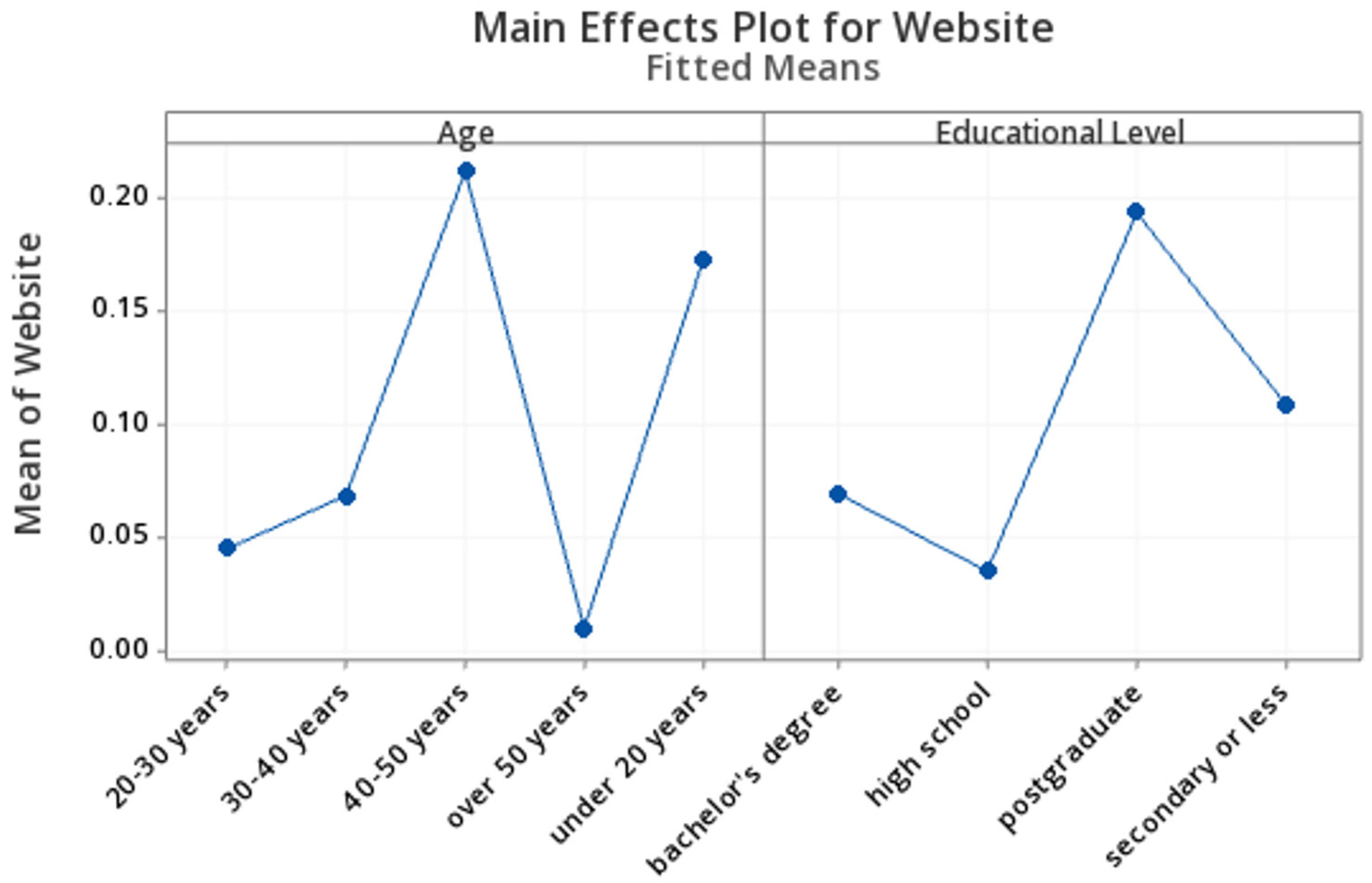
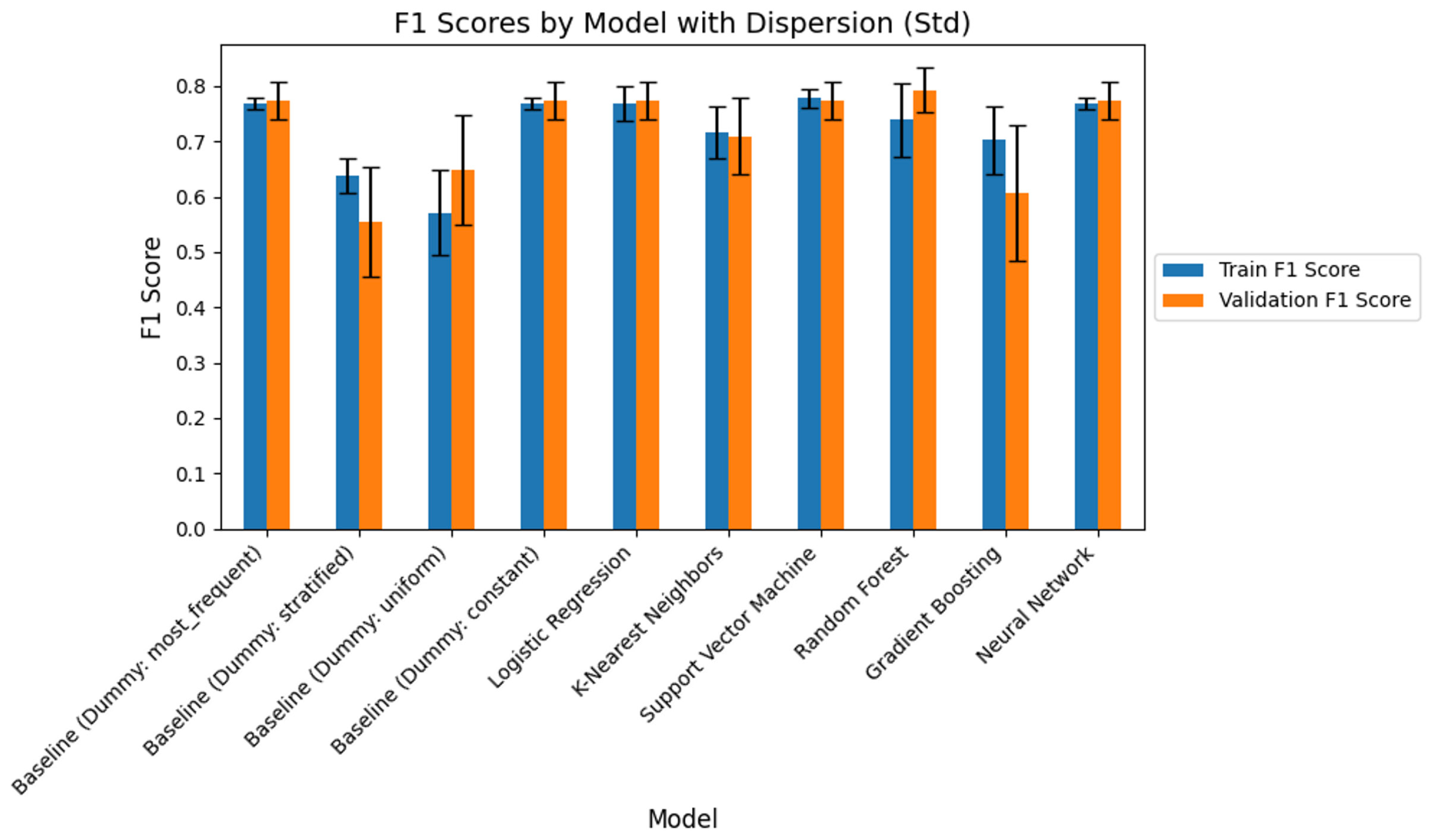
| Author | Location | Methodology | Case Study | Purpose |
|---|---|---|---|---|
| Hongmei and Jincheng [40] | Thailand | Survey and analytic hierarchy process | Travel agencies (SMEs) | Build a VVC for travel agencies |
| Ramantoko et al. [41] | Indonesia | 340 questionnaires with 9 dimensions | SMEs in three different regions in Indonesia. | Build a digital capability model, using the value chain analysis framework. |
| Corso et al. [39] | Piedmont and Lombardy | Questionnaire and cluster analysis | 127 Italian SMEs | Contribute to sustainable organizations in terms of technology |
| Piscitello and Sgobbi [42] | Prato Italy | Empirical analysis and interviewing | Textile industry (12 SMEs) | Examining whether the industries are taking advantage of the e-business opportunities. |
| Arrifin et al. [43] | Malaysia | Focus Group Approach | Cattle beef and halal production (SMEs) | The effectiveness of VVC in cattle beef production |
| Fromhold-Eisebith et al. [44] | Germany | Workshop with 40 textile industries | Textile industries | Enablers’ identification of Industry 4.0 in the German textile industry |
| Gyenge et al. [45] | Hungary | Surveys, clusters, and discriminant analysis | SMEs | Generate directions for SMEs to benefit from communications changes |
| Hermawan et al. [46] | Indonesia | Multivariate statistical study | 168 consumers of online SMEs | To build an e-mail design concept that elaborates the physical and virtual value chain. |
| Hu et al. [47] | United States of America | Text mining data approach | 0.72 million online customer reviews | To understand the Virtual Queue |
| Taherinia et al. [48] | Iran | Factor analysis and structural equation modeling | 50 experts in marketing, management, e-commerce, human resources, and managers in Iran | Evaluate factors that influence the evolution of VC. |
| Zumstein et al. [49] | Switzerland | Surveys and descriptive statistics | 365 online retailers | Compare practice before and after the COVID-19 station. |
| Liu et al. [50] | China | Collection, processing, transmission, storage, and feedback | 1 company | Understand the path in the Virtual Chain considering digital technology. |
| Eng et al. [51] | America, Europe, Africa, and Asia | Surveys, interviews, and hypothesis tests | 500 companies of different sizes that use logistic apparel retailers’ supply chains. | Understand ambidexterity and wireless information technology (IT) for enhancing innovative capacity. |
| García-Salirrosas et al. [28] | Perú, México and Colombia | KMO and Barlett test | 238 questionnaires from users of online clothing stores | Validate an instrument design to measure Variable Value perception, purchase intention, trust, and satisfaction. |
| Omoruyi and Makaleng [52] | South Africa | Quantitative study and SMART PLS 3.0 | 439 SMEs | To determine if the supply chain has a disruption after COVID-19. |
| Sharma et al. [53] | India | 30 experts from the electronic manufacturing of SMEs | Identify barriers for SMEs in adapting to the technologies of Industry 4.0 | Fuzzy analytic hierarchy and PROMETHEE. |
| Dimension | Area | Description |
|---|---|---|
| Company infrastructure | Space | 4 × 5 m2 or less, no additional space |
| Equipment | refrigerators and shelves | |
| Parking | no parking area | |
| Personnel management | Management | the owner themselves or family members |
| Employment | 1–2 external employees | |
| Operations | assistance from suppliers (e.g., to accommodate shelves, etc.) | |
| Technology (ICT4D) | Inventory tracking | computers (<10% of stores), barcode readers, mobile phones for calls and SMS to suppliers |
| Payment | electronic payment with credit card, bank transfer | |
| CRM | mobile phones with Internet connection | |
| Procurement | Sales tracking | notebook for tracking sales (<15% of stores) |
| Purchase tracking | no record of available stock quantity | |
| Payment terms | mostly defined by large-scale supplier companies | |
| Products | preferably more economical and fresh products | |
| Supplier selection | preferably wholesalers (e.g., Walmart, Sam’s, City Club, Central, etc.) or large-scale enterprises (e.g., Bimbo, Coca-Cola, etc.) | |
| Delivery terms | owned vehicles (e.g., automobiles or pick-up trucks), rented vehicles (e.g., taxi) or suppliers’ choice (e.g., truck, van, etc.) |
| Source | DF | Adj SS | Adj MS | F-Value | p-Value |
|---|---|---|---|---|---|
| Regression | 8 | 3.5645 | 0.4456 | 1.97 | 0.052 |
| Gender | 1 | 0.5833 | 0.5833 | 2.58 | 0.110 |
| Age | 4 | 2.0771 | 0.5193 | 2.30 | 0.061 |
| Educational Level | 3 | 1.2315 | 0.4105 | 1.82 | 0.146 |
| Error | 178 | 40.2323 | 0.2260 | ||
| Lack-of-Fit | 22 | 2.8146 | 0.1279 | 0.53 | 0.957 |
| Pure Error | 156 | 37.4177 | 0.2399 | ||
| Total | 186 | 43.7968 |
| Source | DF | Adj SS | Adj MS | F-Value | p-Value |
|---|---|---|---|---|---|
| Regression | 8 | 6.0673 | 0.75842 | 3.44 | 0.001 |
| Gender | 1 | 0.0049 | 0.00493 | 0.02 | 0.881 |
| Age | 4 | 1.3911 | 0.34778 | 1.58 | 0.182 |
| Educational Level | 3 | 4.7396 | 1.57986 | 7.17 | 0 |
| Error | 178 | 39.2268 | 0.22038 | ||
| Lack-of-Fit | 22 | 4.3914 | 0.19961 | 0.89 | 0.603 |
| Pure Error | 156 | 34.8354 | 0.2233 | ||
| Total | 186 | 45.2941 |
| Source | DF | Adj SS | Adj MS | F-Value | p-Value |
|---|---|---|---|---|---|
| Regression | 8 | 5.8838 | 0.7355 | 3.79 | 0 |
| Gender | 1 | 0.1924 | 0.1924 | 0.99 | 0.32 |
| Age | 4 | 2.7114 | 0.6779 | 3.5 | 0.009 |
| Educational Level | 3 | 2.2185 | 0.7395 | 3.82 | 0.011 |
| Error | 178 | 34.5012 | 0.1938 | ||
| Lack-of-Fit | 22 | 6.2854 | 0.2857 | 1.58 | 0.057 |
| Pure Error | 156 | 28.2158 | 0.1809 | ||
| Total | 186 | 40.385 |
| Source | DF | Adj SS | Adj MS | F-Value | p-Value |
|---|---|---|---|---|---|
| Regression | 8 | 0.6252 | 0.07815 | 0.37 | 0.934 |
| Gender | 1 | 0.4952 | 0.495226 | 2.36 | 0.126 |
| Age | 4 | 0.0227 | 0.005664 | 0.03 | 0.999 |
| Educational Level | 3 | 0.0568 | 0.018926 | 0.09 | 0.965 |
| Error | 178 | 37.3534 | 0.209851 | ||
| Lack-of-Fit | 22 | 5.9594 | 0.270882 | 1.35 | 0.15 |
| Pure Error | 156 | 31.394 | 0.201244 | ||
| Total | 186 | 37.9786 |
| Source | DF | Adj SS | Adj MS | F-Value | p-Value |
|---|---|---|---|---|---|
| Regression | 8 | 0.7281 | 0.09102 | 1.54 | 0.145 |
| Gender | 1 | 0.0127 | 0.01268 | 0.21 | 0.643 |
| Age | 4 | 0.0912 | 0.02281 | 0.39 | 0.818 |
| Educational Level | 3 | 0.6514 | 0.21714 | 3.68 | 0.013 |
| Error | 178 | 10.5018 | 0.059 | ||
| Lack-of-Fit | 22 | 1.7416 | 0.07917 | 1.41 | 0.117 |
| Pure Error | 156 | 8.7602 | 0.05615 | ||
| Total | 186 | 11.2299 |
| Source | DF | Adj SS | Adj MS | F-Value | p-Value |
|---|---|---|---|---|---|
| Regression | 8 | 1.17406 | 0.14676 | 3.53 | 0.001 |
| Gender | 1 | 0.07372 | 0.07372 | 1.78 | 0.184 |
| Age | 4 | 0.88907 | 0.22227 | 5.35 | 0 |
| Educational Level | 3 | 0.26492 | 0.08831 | 2.13 | 0.099 |
| Error | 178 | 7.39278 | 0.04153 | ||
| Lack-of-Fit | 22 | 2.33564 | 0.10617 | 3.27 | 0 |
| Pure Error | 156 | 5.05714 | 0.03242 | ||
| Total | 186 | 8.56684 |
Disclaimer/Publisher’s Note: The statements, opinions and data contained in all publications are solely those of the individual author(s) and contributor(s) and not of MDPI and/or the editor(s). MDPI and/or the editor(s) disclaim responsibility for any injury to people or property resulting from any ideas, methods, instructions or products referred to in the content. |
© 2025 by the authors. Licensee MDPI, Basel, Switzerland. This article is an open access article distributed under the terms and conditions of the Creative Commons Attribution (CC BY) license (https://creativecommons.org/licenses/by/4.0/).
Share and Cite
Hernández-Gress, E.S.; Mejía, A.I.R.; Gómez-Rocha, J.E.; Deniz, S. Digital Transformation Through Virtual Value Chains: An Exploratory Study of Grocery MSEs in Mexico. Systems 2025, 13, 849. https://doi.org/10.3390/systems13100849
Hernández-Gress ES, Mejía AIR, Gómez-Rocha JE, Deniz S. Digital Transformation Through Virtual Value Chains: An Exploratory Study of Grocery MSEs in Mexico. Systems. 2025; 13(10):849. https://doi.org/10.3390/systems13100849
Chicago/Turabian StyleHernández-Gress, Eva Selene, Alfredo Israle Ramírez Mejía, José Emmanuel Gómez-Rocha, and Simge Deniz. 2025. "Digital Transformation Through Virtual Value Chains: An Exploratory Study of Grocery MSEs in Mexico" Systems 13, no. 10: 849. https://doi.org/10.3390/systems13100849
APA StyleHernández-Gress, E. S., Mejía, A. I. R., Gómez-Rocha, J. E., & Deniz, S. (2025). Digital Transformation Through Virtual Value Chains: An Exploratory Study of Grocery MSEs in Mexico. Systems, 13(10), 849. https://doi.org/10.3390/systems13100849








